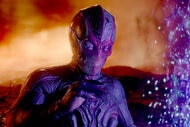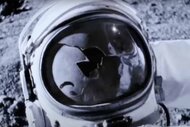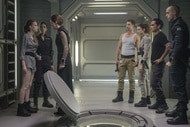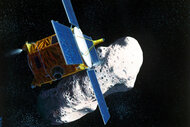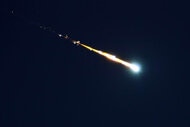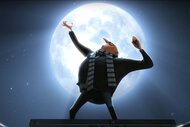Create a free profile to get unlimited access to exclusive videos, sweepstakes, and more!
James Webb Space Telescope made in the shade
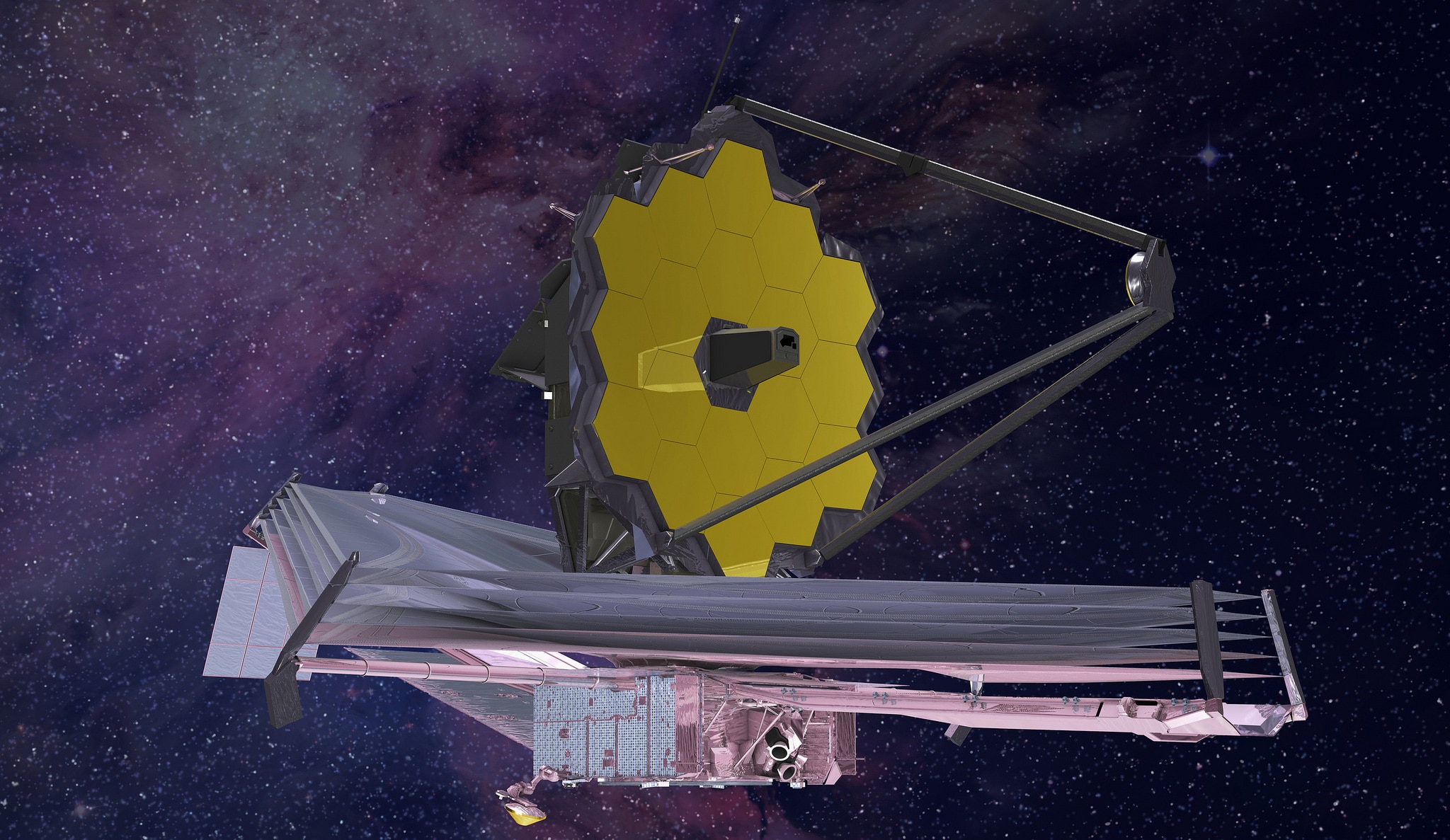
Here's some good news for future space-based astronomy: In a clean room in California, the James Webb Space Telescope’s sunshield was unfurled and put under tension for the first time.
Why is this good? JWST (as those of us in the know call it) is a monstrous infrared telescope NASA plans to launch in the spring of 2019. It has an 8-meter-wide mirror composed of 18 hexagonal smaller mirrors, each about 1.3 meters across and covered in thin layers of gold (which is an excellent reflector of infrared light). The observatory will be sent to a spot in space about 1.5 million kilometers away from Earth in a direction opposite the Sun. That’s a gravitational stable point called L2, and JWST will stay there and observe the heavens.
The problem is that sunlight would warm the telescope, which would then re-emit that as infrared radiation in the exact wavelengths it's designed to observe in. That's bad: Imagine strapping a 200-watt light bulb in front of an optical telescope and you'll get the gist why.
To prevent that, a sunshield was built to literally put the telescope in shadow. The sunshield is huge, 21 meters long and 14 meters across at its widest — about the same size as a tennis court. It's composed of five extremely thin layers (the thickest is 50 microns thick, about half the width of a human hair); each layer will block a large percentage of the sunlight so that none will reach the telescope. This will keep JWST very cold; it will be passively maintained by the shield to a temperature lower than -200° C (-370° F), allowing it to keep its extreme sensitivity to infrared.
The shield has been unfurled before, but never placed under tension. This test, done in late October, is the first of three such tests to make sure the shield will deploy correctly in space.
That's critical for several reasons. Obviously, without it, the 'scope won't be terribly useful. But also, the shield and the mirror assembly are both so big they cannot be launched into space as-is. They need to be folded up to fit in the European Space Agency’s Ariane-5 rocket (the payload fairing is a little over 5 meters across), so testing the deployment mechanism is critical. The sunshield will deploy between three and five days after launch, when the spacecraft is still on its way to L2. The mirrors will unfold shortly thereafter (and will be aligned to very precise tolerances to act as one large mirror).
I'm glad the test deployment went well. JWST has suffered through a lot of problems, including delays, cost overruns, mismanagement, and more. I'm glad to see it finally getting ready for launch.
And I do mean "finally." Back in the mid '90s I was working on one of Hubble's cameras when the idea for JWST (then called the Next Generation Space Telescope, or the much-easier-to-pronounce NGST) started making the rounds. While it still existed only on paper, I was tasked to create a quick-and-dirty piece of software to estimate exposure times for it — you'd input the brightness of a target, and the code would spit out the length of time you'd need to expose to get good data. The purpose was to help decide whether the mirror should be 6.5 or 8.5 meters wide, as I recall.
That was over 20 years ago, and now JWST is nearing launch. It takes a long time to prep a big mission, but this one has been very difficult both due to the inherent nature of the cutting-edge tech on it, the complicated aspects of the mirrors, and just the way NASA runs big missions like this. I have had a love/hate relationship with JWST for a long time; I love the observatory itself and the astronomy it will do, but have gritted my teeth for many years over the bureaucratic side of it.
And there's still a long way to go. The mission was again recently delayed to 2019, and then there will be tense moments as this origami observatory unfolds itself. And even then it'll be some time before it settles down into routine observations.
But when it does, oh, when it does. It's much more sensitive than Hubble, and the science it will send back to Earth should be spectacular. It'll observe exoplanets (and possibly even detect their atmospheres), brown dwarfs, asteroids, Kuiper Belt Objects, nearby galaxies, and far more distant ones. There's a chance it'll even see the light from the very first generation of stars in the Universe, dimmed and redshifted by their terrible distance.
And, of course, the biggest discoveries will be the ones we don't expect. That's the lesson of every new observatory that pushes current technology. What surprises await us in late 2019 and the years thereafter?
But first things first. Testing continues. May it go well.






